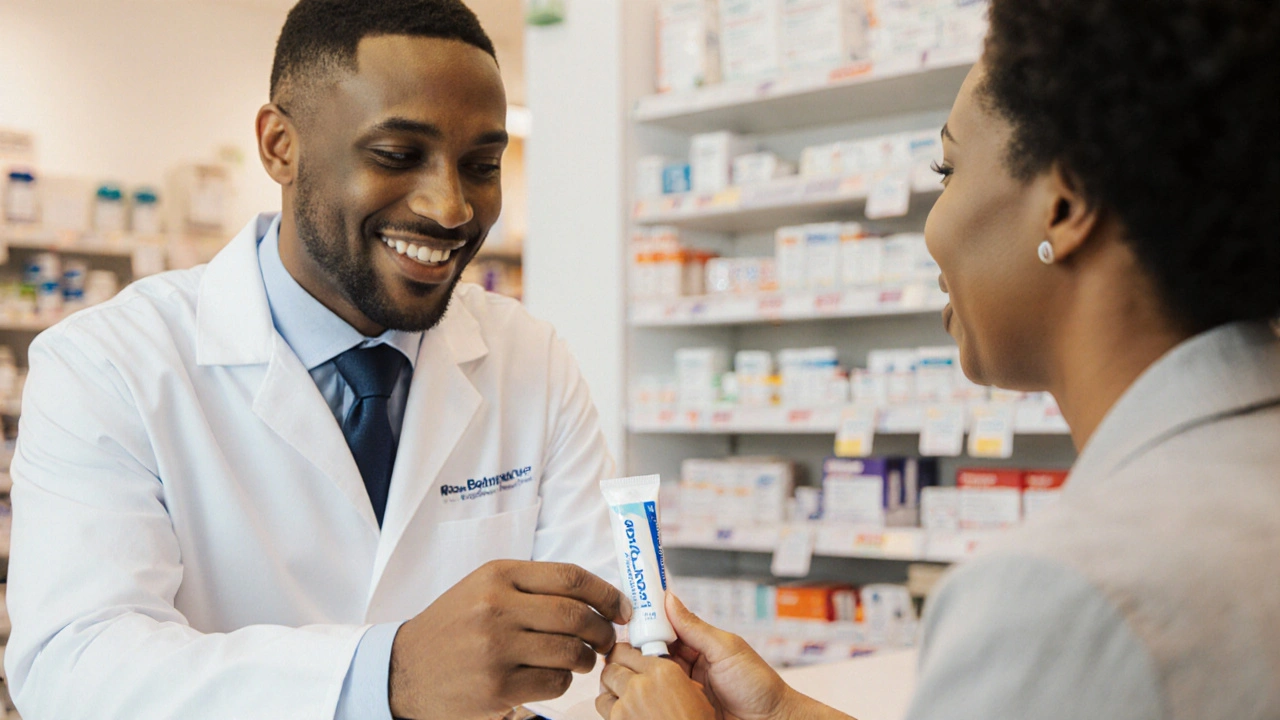Topical Steroid Alternatives: Practical Options for Sensitive Skin
If you’re scared of long‑term steroid use, you’re not alone. Many people worry about thinning skin, stretch marks or rebound flare‑ups. The good news is there are plenty of non‑steroid choices that can calm redness, itching and irritation without the downsides of steroids.
Why Look for Alternatives?
Topical steroids work fast, but they can weaken the skin barrier when used repeatedly. Even low‑potency steroids may cause dryness or make the skin more vulnerable to infection. For kids, pregnant women or anyone with a history of skin thinning, finding a gentler option makes sense.
Common Non‑Steroid Solutions
Calcineurin inhibitors – creams like tacrolimus (Protopic) and pimecrolimus (Elidel) block the immune response that drives eczema. They don’t thin the skin, but they can cause a brief burning sensation when you first apply them.
Barrier repair moisturizers – thick ointments with ceramides, hyaluronic acid or petrolatum lock moisture in and repair the skin’s natural shield. Brands such as CeraVe, Eucerin and Aquaphor are often enough for mild flare‑ups.
Botanical extracts – ingredients like colloidal oatmeal, aloe vera, chamomile or green tea have soothing anti‑inflammatory properties. Look for products that list the extract as a primary ingredient, not just a fragrance.
Low‑dose hydrocortisone – if you need a quick calm‑down, a 0.5% or 1% hydrocortisone cream can be a safe short‑term bridge while you switch to a steroid‑free regimen.
Antihistamine creams – topical diphenhydramine or doxepin can relieve itching, especially at night. They’re not anti‑inflammatory, but they help you avoid scratching, which can worsen a rash.
Phototherapy – UVB light treatments at a dermatologist’s office can clear stubborn eczema without any creams at all. It’s a good option when topical meds aren’t cutting it.
When you choose an alternative, think about the area you’re treating. Thin skin on the face or folds needs lighter formulas, while elbows and knees can handle richer ointments.
It also helps to keep a simple routine: clean with a mild, fragrance‑free cleanser, apply your chosen cream within three minutes of a lukewarm shower, and seal it in with a moisturizer. Consistency beats occasional heavy steroid bursts every time.
If you’re not sure which product fits your skin type, start with a barrier repair moisturizer and add a calcineurin inhibitor if the rash persists. Most dermatologists recommend a “step‑down” approach: start strong, then taper to the lightest effective option.
Remember, every skin condition is unique. If you notice worsening redness, swelling, or new blisters, stop the product and see a healthcare professional. That’s the safest way to avoid complications and keep your skin healthy for the long run.
Bottom line: you have plenty of tools besides steroids. Pick the one that feels right, stick to a routine, and give your skin the chance to heal without the side effects that often come with long‑term steroid use.

Betnovate (Betamethasone) vs. Other Topical Steroids: A Complete Comparison
A detailed look at Betnovate (betamethasone) compared with common topical steroid alternatives, covering potency, safety, cost, and best uses.
